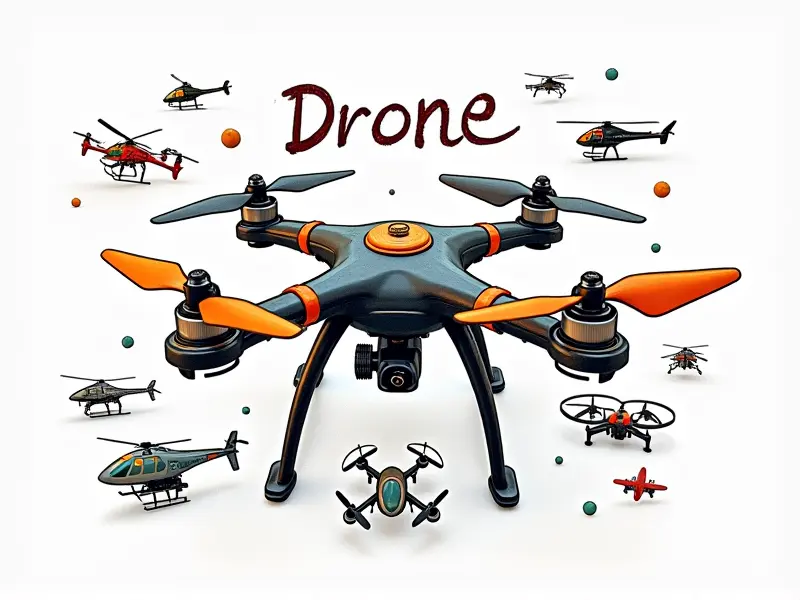How to launch a RC airplane?

Mastering RC Airplane Takeoff Techniques
Welcome to the exciting world of remote control (RC) airplanes! Whether you're a seasoned pilot or just starting out, mastering the art of launching an RC plane is crucial for safe and enjoyable flying. This article will guide you through every step of the process, from understanding basic takeoff techniques to advanced tips that will help you perfect your launches.
Step-by-Step Guide to Launching RC Planes
The first step in launching an RC plane is to ensure everything is set up correctly. Here’s a detailed guide:
- Pre-flight Inspection: Check the battery levels, propeller condition, and overall aircraft integrity.
- Wind Direction: Determine the wind direction and launch your plane into the wind for better control during takeoff.
- Surface Conditions: Ensure that the runway is clear of obstacles and suitable for launching.
Perfect Your RC Plane Takeoff Every Time
To achieve consistent and smooth takeoffs, follow these essential steps:
- Throttle Control: Gradually increase throttle to avoid sudden movements that could destabilize the plane.
- Aileron Trim: Adjust ailerons for optimal balance during takeoff.
- Elevator Adjustment: Use elevator controls to maintain proper pitch and ensure steady ascent.
Tips for Smooth RC Airplane Takeoffs
Smooth takeoffs are key to successful flights. Here are some tips:
- Practice Makes Perfect: Regular practice helps you get comfortable with your plane’s behavior during launch.
- Weather Conditions: Be mindful of weather conditions, especially wind and temperature changes.
- Weight Distribution: Ensure the weight is evenly distributed to maintain stability.
The Art of RC Airplane Launching
Launching an RC plane is both a science and an art. It requires understanding your aircraft’s dynamics and adapting to various conditions:
- Aerodynamics: Understanding how aerodynamic forces affect takeoff.
- Pilot Skill: Developing the skills needed for smooth launches.
- Tailwind vs. Headwind: Knowing when to launch into or with a tailwind.
How to Safely Launch an RC Plane
Safety is paramount in RC flying. Here’s how to ensure safe launches:
- Pre-flight Checks: Thoroughly inspect your plane before each flight.
- Clear Runway: Ensure the runway is free of obstacles and other planes.
- Emergency Procedures: Know what to do in case of a malfunction or emergency during takeoff.
Secrets to Successful RC Airplane Launches
There are several secrets that experienced pilots use to achieve successful launches:
- Proper Propeller Selection: Choose the right propeller for your plane’s specifications.
- Battery Management: Use high-quality batteries and monitor their condition regularly.
- Flight Simulator Practice: Utilize flight simulators to practice takeoffs in a risk-free environment.
Optimize Your RC Plane Launch Routine
To optimize your launch routine, consider the following:
- Pre-launch Checklist: Develop and follow a checklist for every flight.
- Launch Timing: Time your launches to avoid peak traffic times at flying fields.
- Post-Launch Review: Analyze each launch to identify areas for improvement.
Beginner's Guide to Launching RC Planes
If you’re new to RC planes, here’s a beginner-friendly guide:
- Start Small: Begin with smaller and more manageable models.
- Learn Basic Controls: Familiarize yourself with the basic controls before attempting takeoffs.
- Join Local Clubs: Join local RC flying clubs to learn from experienced pilots.
Essential Steps for RC Plane Takeoff
The essential steps for a successful takeoff include:
- Pre-flight Preparation: Conduct thorough pre-flight checks.
- Launch Positioning: Position your plane correctly on the runway.
- Smooth Throttle Application: Apply throttle smoothly and gradually.
RC Plane Takeoff Basics Explained
To understand RC plane takeoffs, it’s important to know these basics:
- Aerodynamic Forces: Understand how lift, drag, thrust, and weight affect your plane.
- Control Surfaces: Learn about the functions of ailerons, elevators, and rudders during takeoff.
- Takeoff Speeds: Know the minimum speed required for safe takeoffs based on your aircraft’s specifications.
Conclusion
Mastery of RC airplane takeoff techniques is essential for any pilot looking to enhance their flying experience. By following this comprehensive guide, you’ll be well-equipped to launch your plane safely and smoothly every time. Remember, practice makes perfect, so keep refining your skills and enjoy the thrill of remote control aviation!

